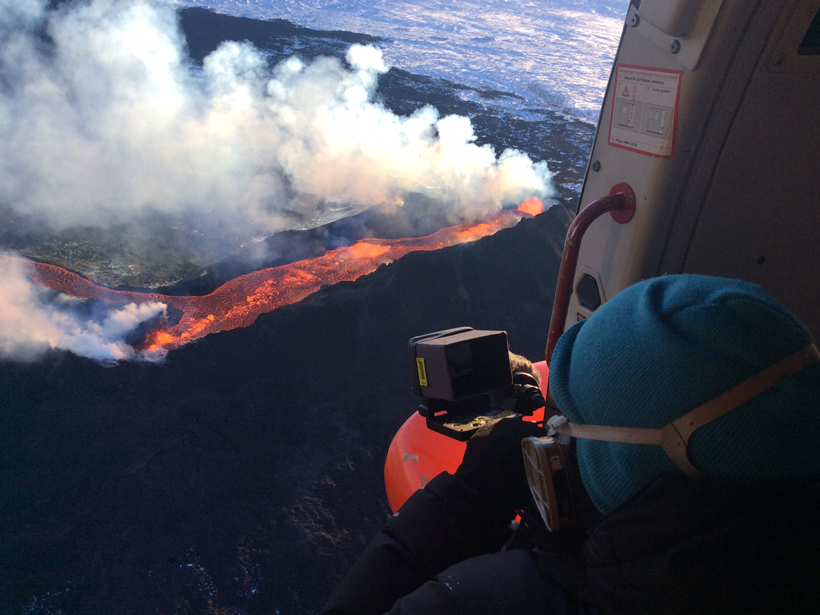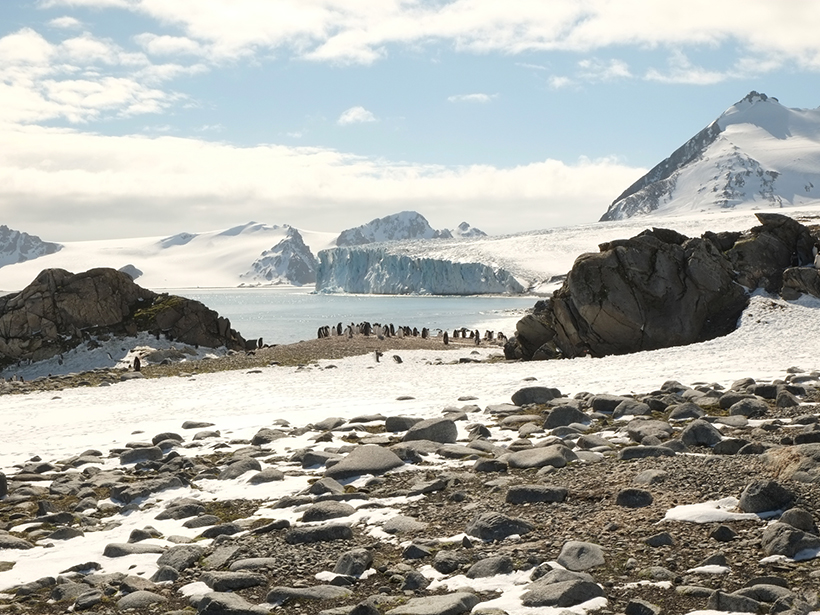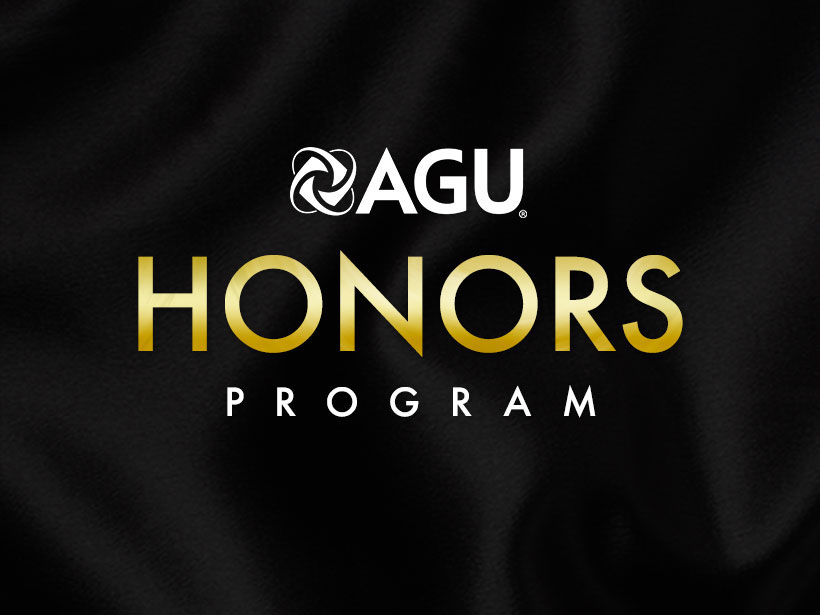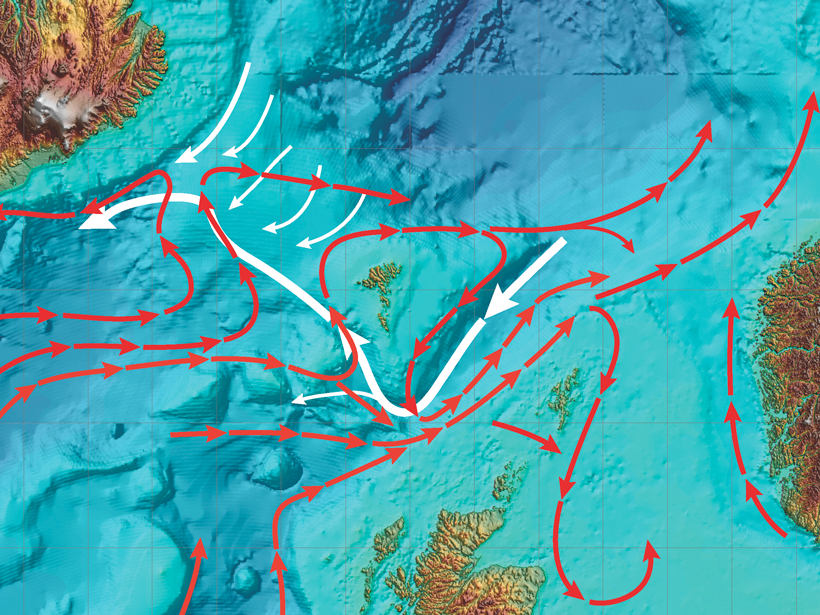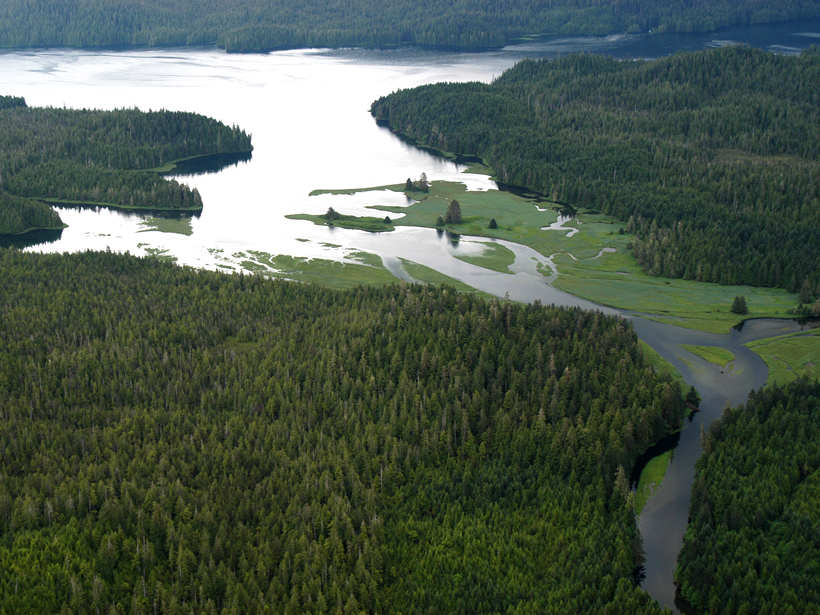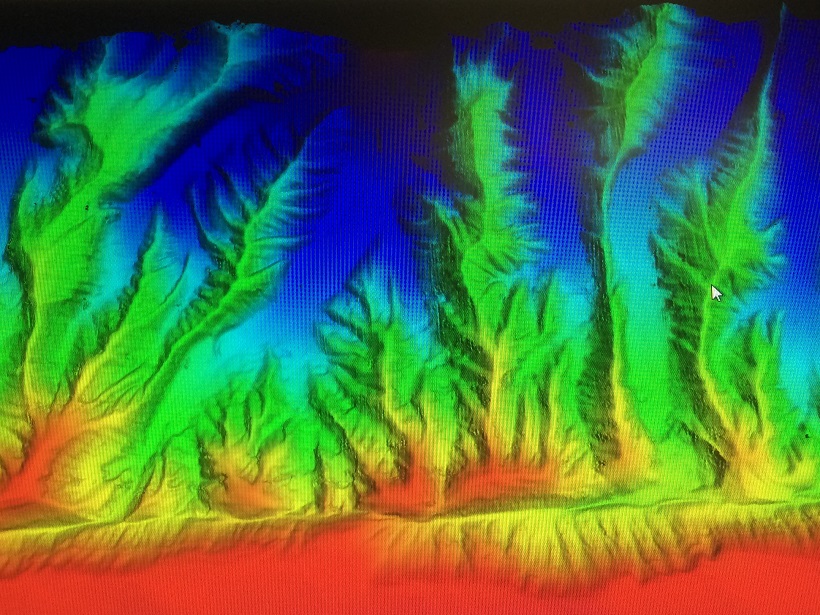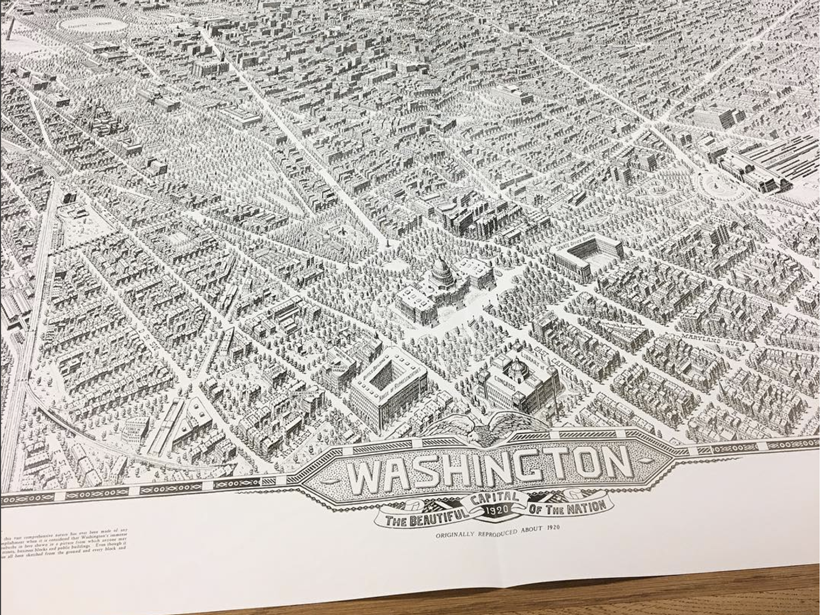The editors of a new book describe the benefits of systematic collection, storage, analysis, and sharing of damage data after flood events.
CC BY-NC-ND 2017
Volcano’s Toxic Plume Returns as Stealth Hazard
During a closely watched eruption, plumes of harmful sulfur dioxide gas morphed into “plumerangs” of sulfuric-acid-rich aerosols that descended on populated parts of Iceland.
Antarctic Microbes Shape Nutrient Content of Snowmelt
As temperatures continue to rise, snow-dwelling microbes could accelerate melting and influence downstream ecosystems.
2017 AGU Union Medal, Award, and Prize Recipients Announced
The world’s largest organization of Earth and space scientists honors 29 exceptional scientists and journalists.
Tracking Water Through the North Atlantic Ocean
Workshop on Currents and Transports Across the Iceland-Faroe-Scotland Ridge; Tórshavn, Faroe Islands, 9–10 January 2017
Quantifying Coastal Rain Forest Carbon Transport
Aquatic Carbon Biogeochemistry of the Pacific Coastal Temperate Rainforest Region Workshop; Seattle, Washington, 7–10 February 2017
Saturn Unveiled: Ten Notable Findings from Cassini-Huygens
The soon-to-end NASA mission to Saturn changed the way we think of habitability beyond Earth, opened our eyes to dynamics in the gas giant’s atmosphere, and more.
Testing Models of Near-Space Electrical Currents
Modeling Earth’s near-space environment and its electrical currents is challenging. A new study compares how four different models stack up against observations.
Mesmerized by Gracefully Gliding Albatrosses
Despite avian distractions and dreadful weather, a research cruise to map the seafloor off Alaska revealed new insights into the Queen Charlotte Fault.
USGS Library Cuts Would Harm Research, Education, Say Scientists
Possible budget drop would halt access by researchers, educators, and the public to nondigitized collections and services of U.S. Geological Survey librarians, according to the agency.


